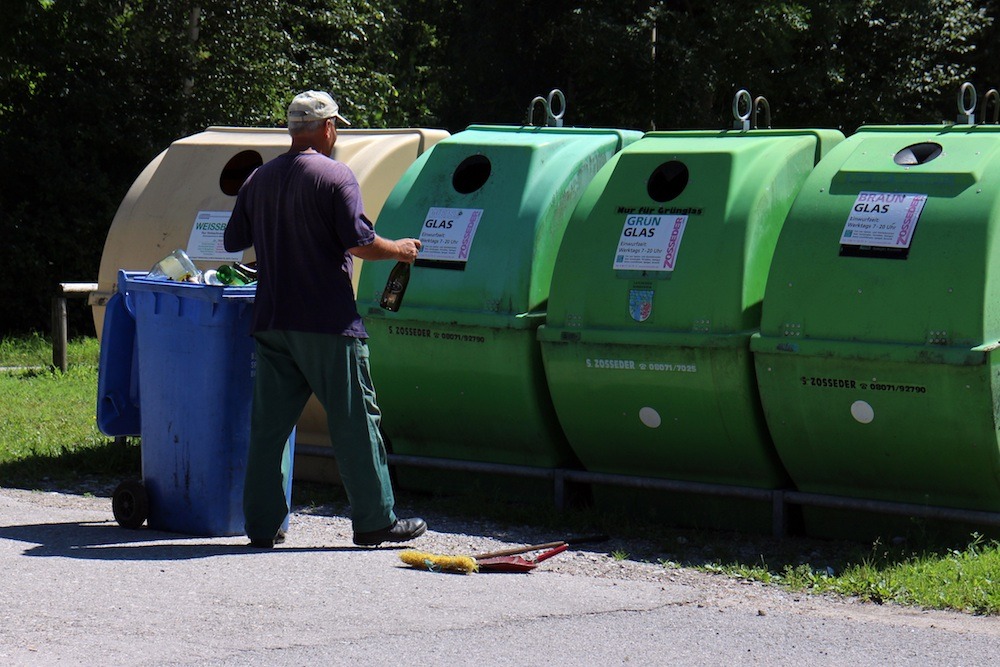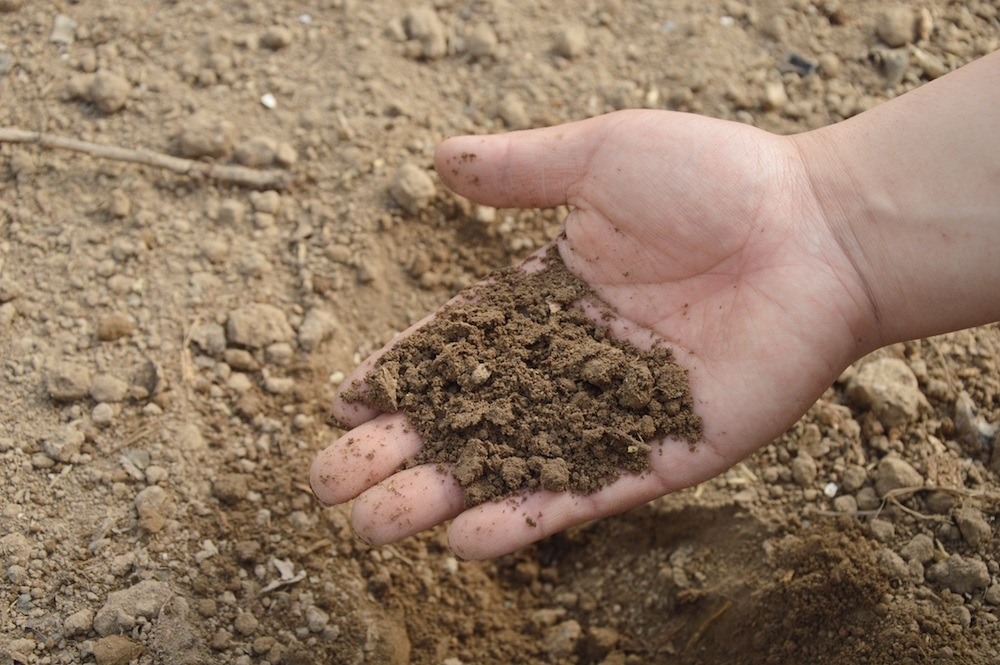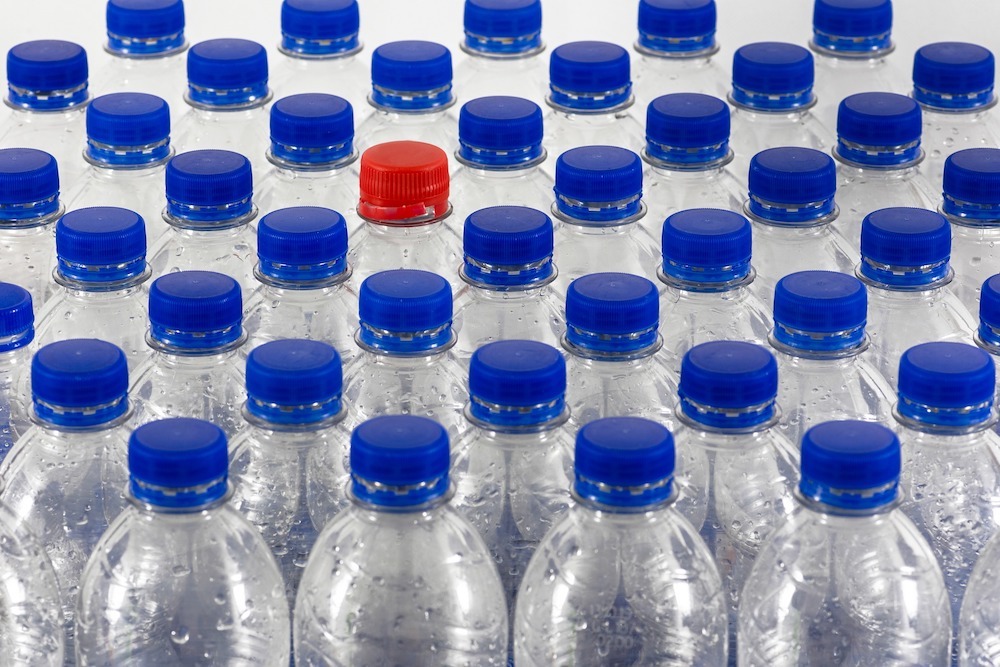DS Smith's Sam Jones believes Covid-19 won't cause the progress of sustainability initiatives to disappear

DS Smith is one of the biggest corrugated packaging companies in the world (Credit: Pixabay)
NS Packaging hears from Sam Jones, sustainability strategy and communications manager at packaging giant DS Smith, who discusses the impact Covid-19 has had on the growth of the circular economy and sustainability schemes across the world.
Even before the Covid-19 outbreak, 2020 has been a significant year for the packaging industry.
In January, China announced its five-year plan to tackle single-use plastic and improve its waste management system.
As part of this, the country is set to ban restaurants from using all disposable straws by the end of 2020.
On 11 March, the UK government announced a tax on manufacturers making plastic packaging from less than 30% recycled materials.
That same day, the European Commission adopted the Circular Economy Action Plan, which aims to ensure resources are kept in an ecosystem for as long as possible.
It follows in the footsteps of the European Union’s (EU) Single-Use Plastics Directive, which aims to make all plastic packaging recyclable by 2030.
Covid-19 has, however, put a stop to some government legislation in this area.
For example, the UK’s ban on plastic straws, stirrers and cotton buds — which was due to come into force in April — has been delayed until October 2020.
Hygiene concerns have also moved up the agenda, with reusable packaging schemes run by the likes of Starbucks and McDonald’s being temporarily suspended in favour of disposable alternatives.

Alongside this, the e-commerce marketplace has grown during the pandemic, with a 129% year-on-year growth in orders in the US and Canada as of 21 April.
In a Q&A with NS Packaging, DS Smith sustainability strategy and communications manager Sam Jones discusses the impact of Covid-19 on the sustainability agenda, and the future of the circular economy.
DS Smith sustainability boss on whether Covid-19 could stunt the progress of sustainability schemes
“For DS Smith, sustainability continues and always will remain a core element of our purpose and our brand, even during times of crisis.
“For the rest of the world, the progress of sustainability initiatives is not going to disappear, and we may even see them gain in prominence as the Covid-19 pandemic brings important conversations about health and our relationship with the planet and natural systems to the forefront.
“As examples, many companies will now be reviewing the role of flexible working, business travel and complex international supply chains, all of which could potentially have a significant impact on transport-related emissions.

“In some areas, there may be some immediate impact.
“Interestingly, consumer appetite for some reusable plastic packaging is being seen as less hygienic compared to single-trip recyclable packaging, which might be an important area for fibre-based packaging in the coming months.”
DS Smith sustainability boss on the impact Covid-19 might have on the growth of the circular economy
“It’s important to see the wider picture for the circular economy.
“As a partner of a leading global charity and thinker on the transition to a circular economy, we’re exploring three pillars that they layout; designing out waste and pollution, keeping materials in use and regenerating natural systems.

“Within that, recycling clearly has an extremely important part to play.
“There have been some interesting reports about consumers becoming much more waste-conscious during their periods in various forms of ‘lockdown’, and so I don’t see any reason why the current crisis would have any significant impact on recycling.
“The EU is sending strong messages about maintaining their existing timelines to tackle single-use plastics for example, which is a clear signal that the environment and circular economy are going to continue to be key topics in our ‘new normal’.”
Is it possible to keep the same level of packaging consumption while reducing the industry’s carbon footprint?
“My view is that it is not about maintaining consumption – but about using packaging to protect products and keep food and drink fresher for longer.
“Typically, the packaging accounts for roughly 10% of a product’s overall environmental footprint.
“Packaging should be designed to protect what is within, and all the resources invested within that product.
“Sustainable packaging is about doing that as efficiently as possible. Key to this is more sustainable products and service offers.
“The predominant linear model of production (take, make, waste) is clearly unsustainable as it depends on the use of finite resources.

“Therefore, we believe that the circular economy – with recycling and recycled materials a key component – is a key element of a sustainable future.
“For example, at DS Smith, around 80% of the papers used within the business comes from recycled sources and we are committed to sourcing any virgin papers from sustainably managed forests.
“DS Smith has also established ‘performance packaging’, which maximises efficiency to reduce emissions.
“Here, packaging is determined by scientific analysis across each supply chain where the requirements of a package are based on its contents, ensuring that only the necessary amount of fibre is used.
“This limits unnecessary waste and ensures greater sustainability.
“Indeed, DS Smith uses several ways – recycling, sustainable sourcing, technology, efficiency – to optimise packaging whilst protecting products, reducing environmental impact from the forest floor to the front door.”
What happens to recycled packaging at the end of its life?
“It’s crucial that manufacturers consider how to improve the sustainability of packaging for now and in the future.
“The amount of times a material can be recycled is linked to the length of the fibres, not the relative lightweighting of packaging.
“Every time you recycle paper, the fibre becomes a little bit shorter, and once at a certain length — after approximately 25 cycles — the fibres are too short to be used to make good quality paper and packaging.

“However, once fibre does reach this condition, it is not the end and there are several options to consider.
“Separation technologies is a popular next step – worn fibres that were recycled to make cardboard can instead be used to develop other materials.
“In many geographies there is an opportunity to use these spent fibres as a natural fertiliser and spread them on agricultural land, using ‘waste’ to regenerate natural systems.”
What impact could the EU’s Single-Use Plastic Directive have on the global packaging industry?
“The EU’s Single-Use Plastic Directive is potentially a positive step, although its scope is limited to those items most commonly found on beaches.
“It is also encouraging to see a number of EU governments discussing the role of a plastic tax, aligning with the ‘polluter pays’ principle.

“The plastics challenge is a complex one. It is important to levy funds to improve plastics recycling infrastructure, but there also needs to be widespread consumer communication and demand for recycled plastic materials.”
Are the targets set out in the Single-Use Plastic Directive realistic?
“The EU’s Single-Use Plastic Directive requires member states to achieve a 90% collection rate for plastic bottles by 2025.
“While the target is ambitious, the repercussions of non-compliance should be considered, as in many cases environmental legislation is not backed up with sufficient ‘teeth’.
“Hitting this ambitious target requires a combination of affirmative action by producing companies, consumer behaviour, waste management companies and local authorities.
“The role of financial institutions as a driver for more sustainable business practises will be interesting as well, as they increasingly put pressure on organisations to be operating responsibly.”
